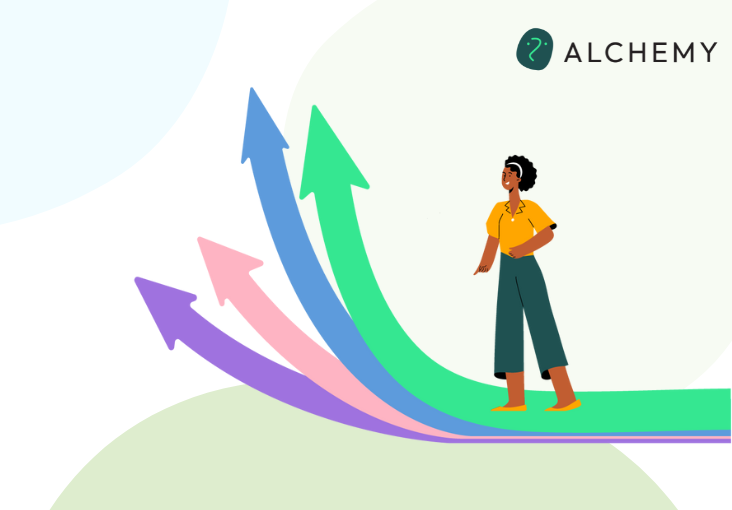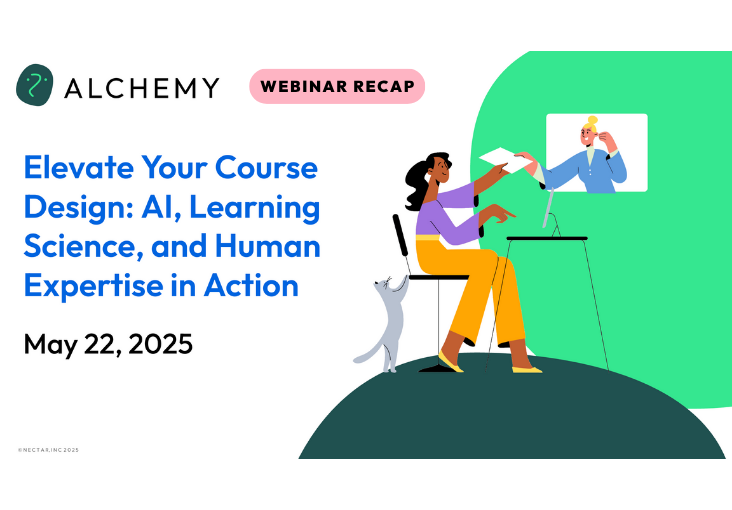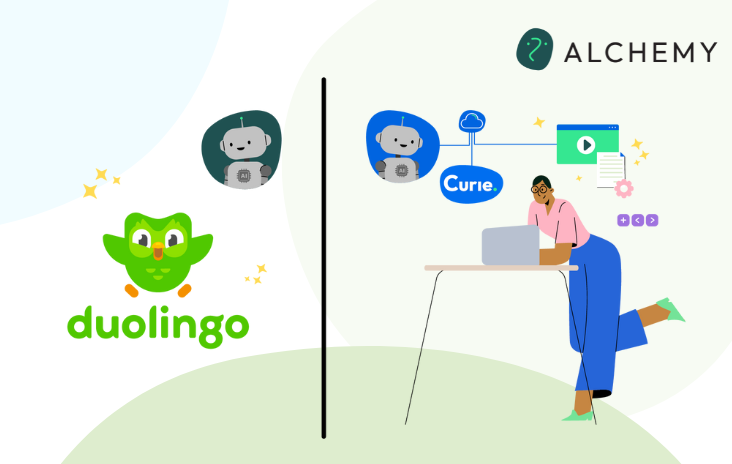Article
Evolving Higher Education for the Modern Learner

The world of higher education is shifting, and institutions must adapt to meet the evolving needs of today’s students. For decades, colleges and universities have structured their programs around the traditional four-year degree model. However, demographic trends, workforce demands, and student preferences indicate that the higher education landscape is undergoing a fundamental transformation.
The New Majority: Who Are Today’s College Students?
Traditional college students—those who enroll immediately after high school and attend full-time on campus—are no longer the majority. Instead, today’s students are more likely to be working adults, career changers, part-time learners, or individuals seeking targeted skills to remain competitive in a dynamic job market. These learners require greater flexibility, affordability, and relevance from their educational experiences.
A recent report from the National Student Clearinghouse Research Center highlights a significant decline in first-time undergraduate enrollments, particularly among younger students. Institutions must respond with programs that meet learners where they are and support them at every stage of their non-traditional journey.
The Rise of Alternative Pathways
The traditional degree remains valuable, but students increasingly seek alternatives that offer immediate, tangible benefits. Alternative credentials—such as microcredentials, digital badges, and stackable certificates—are becoming essential tools for institutions looking to serve lifelong learners. These programs allow students to gain industry-relevant skills and provide on-ramps to further education, including full degree programs if desired.
These approaches also offer opportunities for re-engaging students who have stopped out and for reaching individuals who may never have considered college a possibility due to financial, geographic, or personal constraints. By recognizing prior learning, accommodating varied life experiences, and offering clear, achievable steps toward larger goals, institutions can open doors to new and returning learners alike.
Institutions Adapting to the Future
Across the country, colleges and universities are answering the call for innovation—expanding online offerings, embedding microcredentials, and experimenting with modular, stackable learning formats. These strategies not only increase relevance and accessibility but also give learners more flexibility and ownership over their educational paths.
However, this transformation brings new challenges.
As institutions scale alternative pathways, they’re contending with limited instructional design capacity, tighter timelines for course development, and the delicate balance between faculty autonomy and design consistency. At the same time, strategies like awarding credit for prior learning and professional experience, using analytics to re-engage potential students, and offering workforce-aligned, stackable credentials are no longer optional—they’re essential.
Meeting these evolving demands will require targeted investments—in infrastructure, talent, and new models of collaboration. Institutions that embrace this complexity and evolve how they design and deliver learning will be best equipped to serve today’s learners and ensure long-term success.
We explored these pressing issues in our recent webinar “The Emergence of Alternative Pathways for the Modern Learner”. You can read key takeaways in our recap blog or watch the full recording on our YouTube channel.


